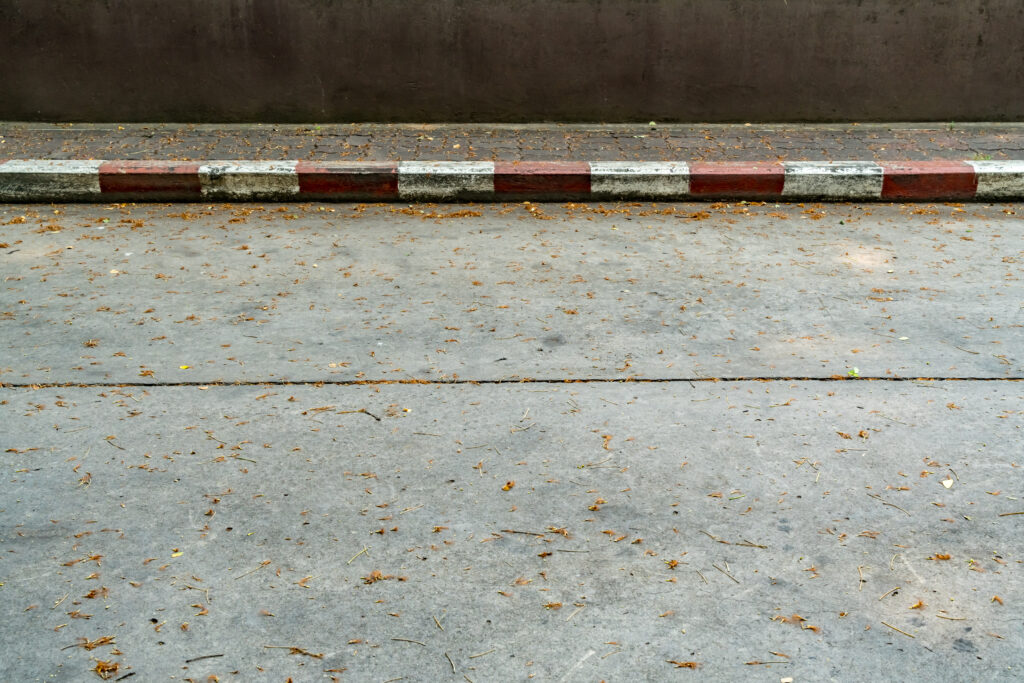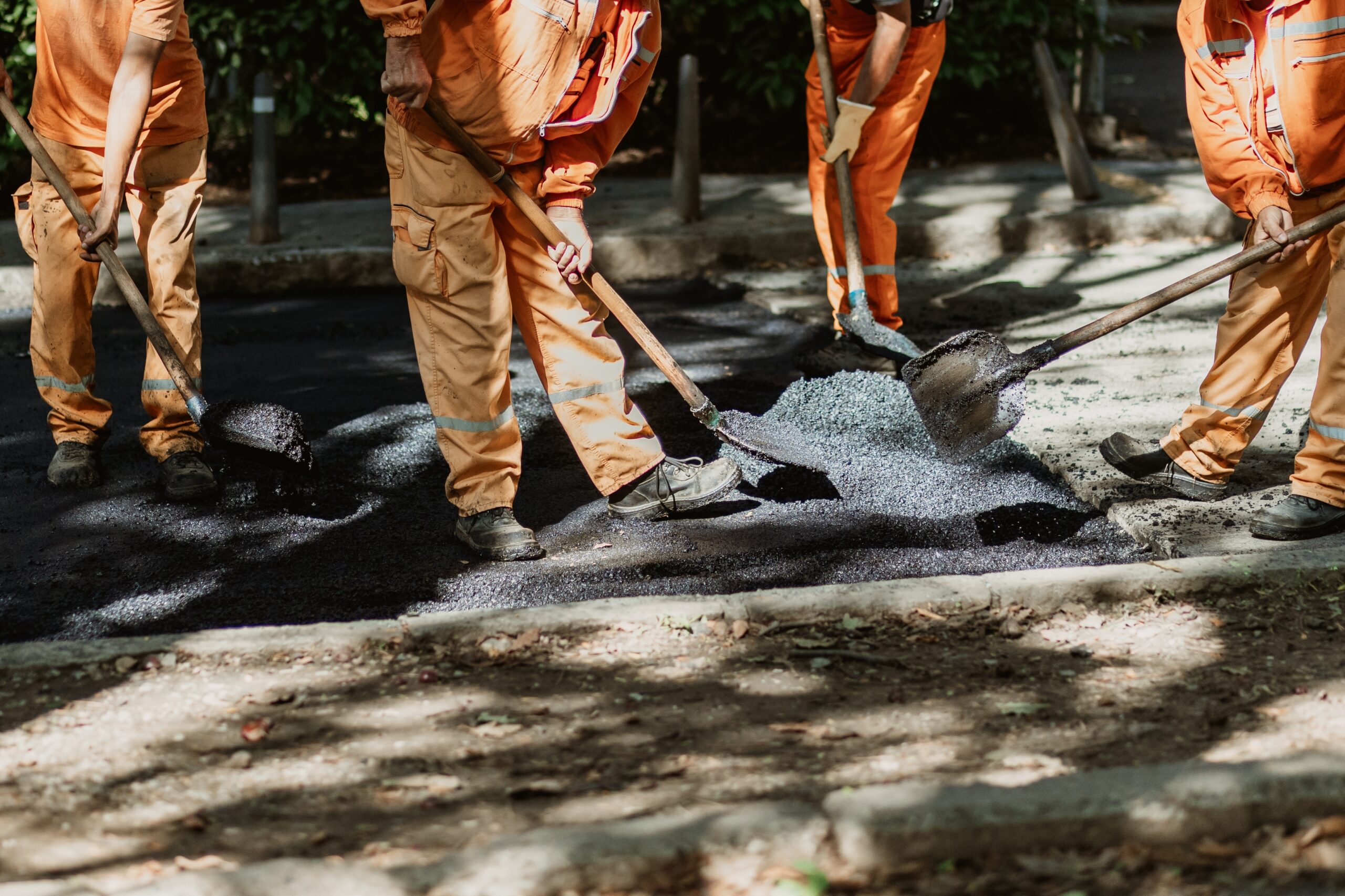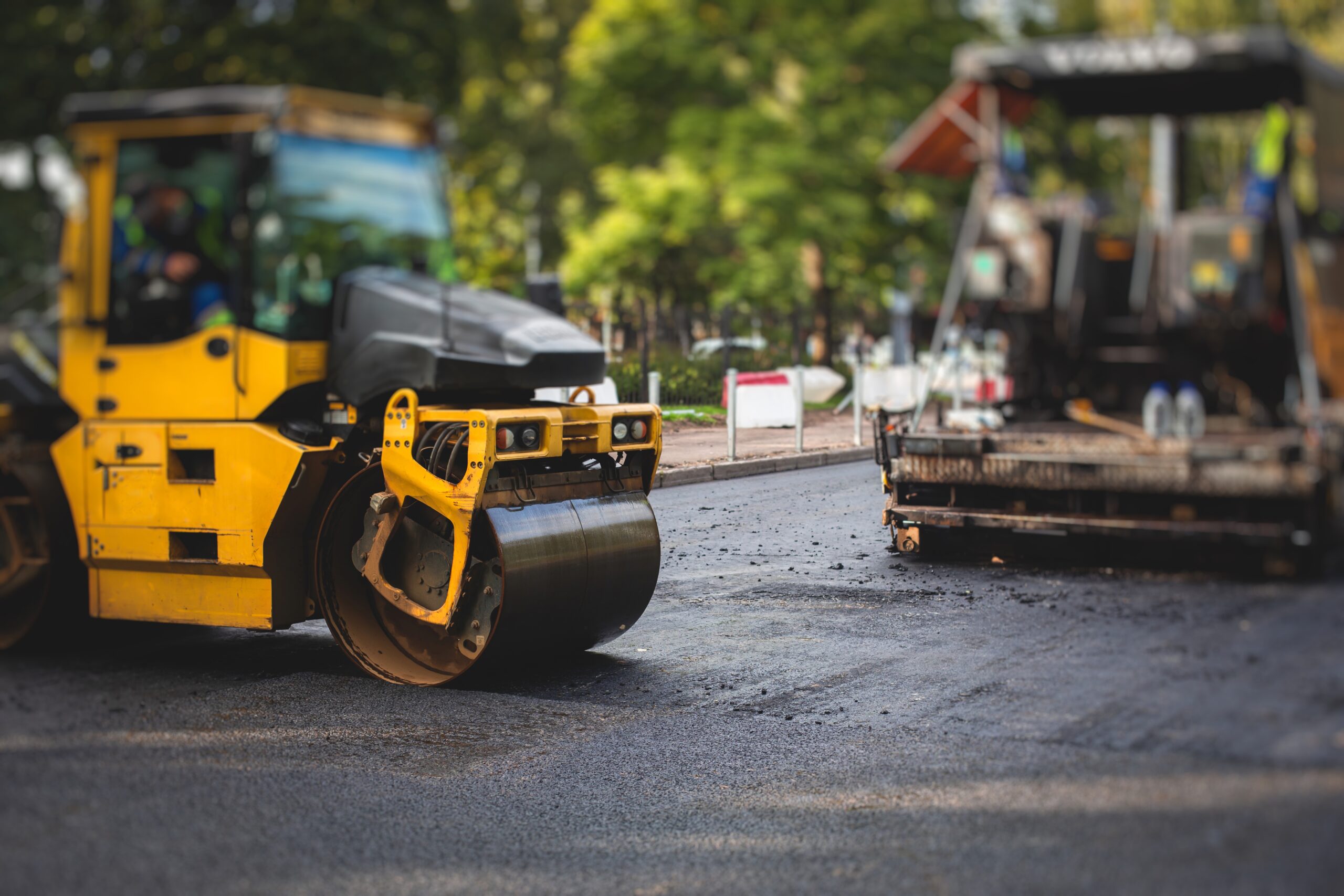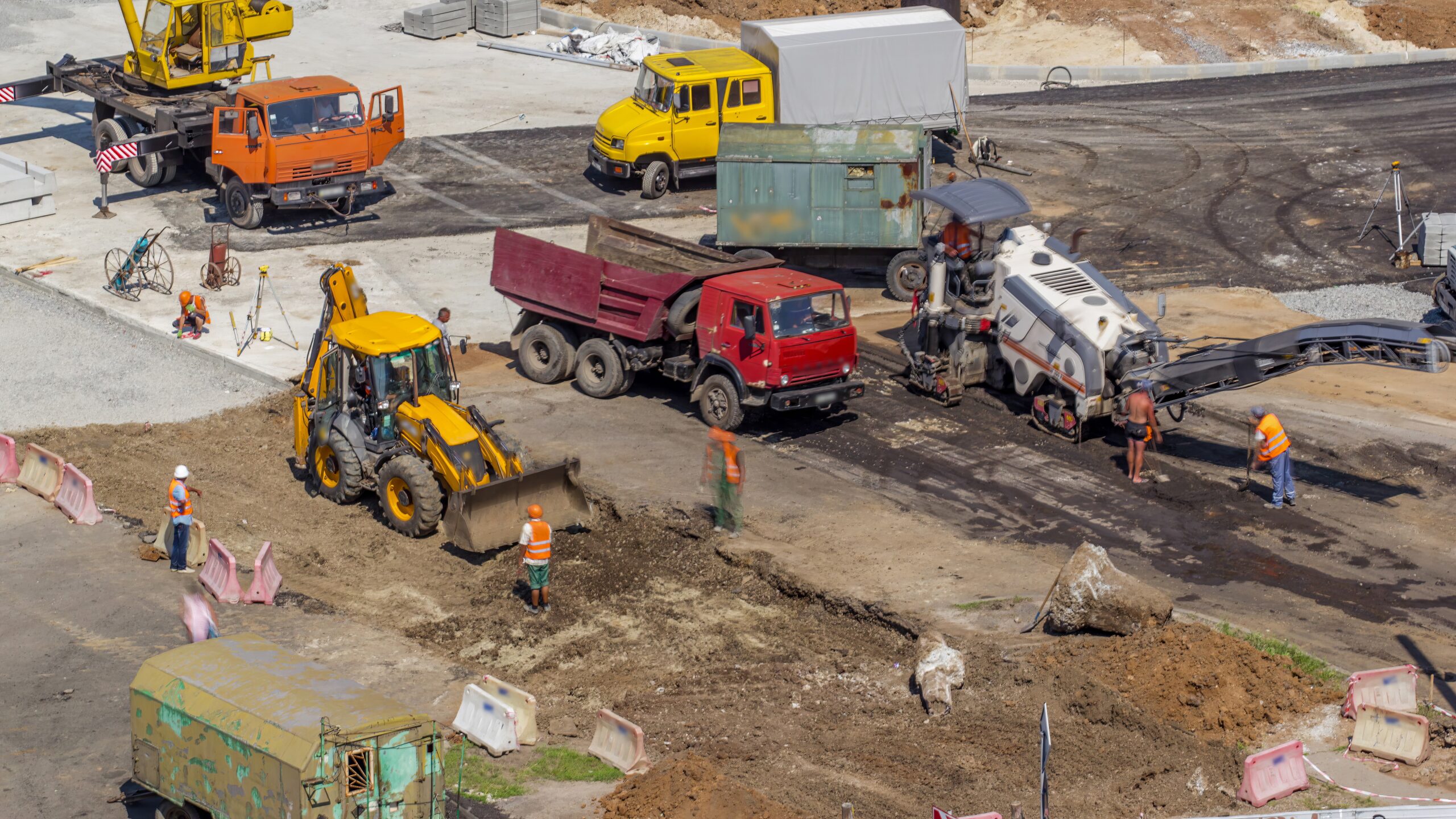
In Colorado’s vibrant communities, sidewalks are vital arteries connecting homes, businesses, and public spaces. Yet, their safety is often overlooked until accidents occur. Well-maintained sidewalks, fortified with durable asphalt coatings, prevent injuries, ensure accessibility, and enhance community security.
In a state where freeze-thaw cycles and heavy snow challenge pavement integrity, proactive maintenance is critical. Let’s explore the multifaceted safety benefits of proper sidewalk upkeep, offering insights into how smooth, accessible, and visible pathways protect pedestrians, support emergency response, and foster inclusive environments, making communities safer and more welcoming for all.
Preventing Pedestrian Injuries Through Surface Stability
Sidewalks in Colorado take a daily beating from foot traffic and intense weather. Cracks, heaving, and uneven surfaces form quickly, posing serious dangers. According to the CDC, over 800,000 people are hospitalized each year due to falls, and uneven pavement is a major contributor. Colorado’s freeze-thaw cycle makes things worse: water seeps into cracks, freezes, expands, and breaks the surface apart.
Timely maintenance such as crack filling and sealcoating helps create smooth, walkable surfaces that minimize trip hazards. Asphalt coatings are especially effective—they lock out moisture, keeping snow and ice from degrading the pavement. This matters in places like Denver and Colorado Springs, where winters are harsh and long.
- Why it matters: A single crack left untreated can grow wider within a season, becoming a dangerous tripping hazard, particularly for older adults who are more vulnerable to fall-related injuries.
- Pro tip: Inspect sidewalks twice a year, especially after spring thaws, and address any cracks immediately.
- Key Benefit: Smooth sidewalks reduce falls and protect vulnerable pedestrians.
- Actionable Advice: Schedule biannual inspections to catch and repair damage early.
Ensuring Accessibility for Diverse Populations
Accessible concrete sidewalks are not just a luxury, they’re a legal requirement and a social responsibility. The Americans with Disabilities Act (ADA) requires walkways to have slip-resistant surfaces, proper slopes, and tactile features for people with visual impairments. In diverse and inclusive Colorado communities, maintaining sidewalks to meet these standards ensures access for everyone, from wheelchair users to parents with strollers.
Asphalt coatings help properties meet ADA standards by creating smooth, durable surfaces. Textured additives can be mixed into the coating to improve grip in wet or icy conditions, making mobility safer year-round.
- Why it matters: Uneven or deteriorated sidewalks may not only violate ADA rules—they can also discourage people with mobility challenges from using public spaces, undermining community equity.
- Where it counts: In cities like Fort Collins and Boulder that prioritize pedestrian-friendly infrastructure, well-kept sidewalks are essential for inclusion and legal compliance.
- Key Benefit: Accessible sidewalks promote equity and meet ADA standards.
- Actionable Advice: Partner with pavement experts to ensure coatings align with ADA requirements for slope, texture, and surface stability.
Enhancing Visibility for Nighttime Safety
As daylight fades, sidewalk safety becomes a visibility issue—especially during Colorado’s long winter nights. Worn, faded asphalt can blend into the snow or curb and gutter, making it difficult for pedestrians to see where they’re stepping. Fresh sealcoating creates contrast, making the path stand out even in dim light, as noted in the nighttime visibility striping guide.
In high-traffic areas such as Aurora’s commercial zones or residential neighborhoods with active evening foot traffic, visibility enhancements are critical. Reflective sealants and edge markings can guide pedestrians safely through snowstorms and low-light conditions.
- Why it matters: Poor visibility increases the risk of trips and falls and heightens liability for property owners.
- Smart solution: Reflective coatings and contrast-rich asphalt help make sidewalks easier to navigate after dark, supported by ADA compliant striping standards.
- Key Benefit: High-contrast surfaces help reduce nighttime accidents.
- Actionable Advice: Apply reflective sealants and add edge markings in areas with heavy evening foot traffic.
Mitigating Slip Hazards in Adverse Weather
In Colorado, the weather can change in a heartbeat. Rain, sleet, or snow can turn sidewalks into dangerous slip zones. According to the National Floor Safety Institute, slips and falls cause over 1 million emergency room visits each year. That’s where anti-slip asphalt coatings come in, they add texture and grip that keeps pedestrians safer, even in icy or wet conditions.
Drainage also plays a key role. Poorly designed sidewalks that collect water can freeze overnight, creating invisible hazards. This is especially true in places like Grand Junction, where spring runoff is common. Maintenance practices such as clearing debris and adjusting the slope prevent pooling and keep traction high.
- Why it matters: Slippery walkways not only endanger people—they also expose property owners to legal and financial risks.
- Easy upgrade: Anti-slip coatings combined with regular cleanings and drainage checks are a proven safety strategy.
- Key Benefit: Textured surfaces reduce slips and keep pedestrians safe year-round.
- Actionable Advice: Clear leaves, ice, and gravel seasonally, and address drainage issues before winter hits.
Strengthening Community Security Through Upkeep
Sidewalks influence more than just foot traffic—they impact the way a neighborhood feels. A 2018 study in Urban Studies found that clean, well-maintained public spaces discourage crime by signaling care and attention. In Colorado’s community-focused neighborhoods, freshly coated sidewalks help foster a sense of order and encourage residents to be out and about.
This creates “eyes on the street”, a concept popularized by urban theorist Jane Jacobs. More foot traffic means more informal surveillance, which naturally discourages vandalism or loitering. In cities like Pueblo, where revitalization efforts are ongoing, sidewalk upkeep directly supports safety and cohesion.
- Why it matters: Neglected sidewalks can signal neglect, inviting unwanted activity and lowering community morale.
- Better together: Combine sidewalk maintenance with landscaping and lighting for a more inviting, secure environment.
- Key Benefit: Well-kept sidewalks reduce crime and build community pride.
- Actionable Advice: Maintain walkways and pair them with thoughtful landscaping to create safer, more welcoming streetscapes.
Facilitating Emergency Response and Evacuation
In an emergency, seconds count—and sidewalks often serve as key evacuation and access routes. Whether it’s a wildfire in Loveland, a blizzard in Boulder, or flash flooding in Colorado Springs, first responders and evacuees depend on clear, stable pathways.
Cracked or obstructed sidewalks can delay rescue teams and hinder people trying to leave the area. Coated asphalt offers a durable surface that resists wear and supports heavy foot traffic under stress. Additional maintenance, like trimming overhanging branches or leveling heaved areas, ensures clear access when it matters most.
- Why it matters: A damaged sidewalk could mean the difference between life and death during a fast-moving disaster.
- Readiness tip: Use the pre-winter season to clear routes, repair damage, and reinforce pavement before storms hit.
- Key Benefit: Reliable sidewalks support fast emergency response and public safety.
- Actionable Advice: Inspect and clear sidewalks before winter to prepare for emergencies.
Supporting Long-Term Durability in Harsh Climates
Colorado’s environment puts sidewalks to the test. Freeze-thaw cycles, intense sunlight, and snowmelt all contribute to surface breakdown. Without protection, asphalt cracks, warps, and fails much faster than it should. Asphalt coatings act as a barrier, locking out moisture and shielding against UV rays to extend the life of the pavement.
This is especially important in high-altitude areas like Aspen, where sun exposure is extreme and winters are punishing. By reapplying coatings every 2–3 years (depending on traffic and wear), property owners can avoid costly replacements and maintain safe, usable walkways.
- Why it matters: Uncoated asphalt degrades quickly, leading to expensive repairs or full replacements.
- Cost-saving move: Preventative coating is far more affordable than major concrete work down the line.
- Key Benefit: Coated surfaces last longer and have lower maintenance costs
- Actionable Advice: Choose climate-specific coatings and set a schedule for routine reapplication.
Frequently Asked Questions
- Why do my sidewalks keep cracking every winter, even after repairs?
That’s likely due to Colorado’s freeze-thaw cycles. Water enters small cracks, freezes, and expands, forcing the pavement to shift. Without proper sealcoating, the cycle repeats and causes deeper damage over time. A quality asphalt coating can break that cycle.
- Are there specific coatings made for Colorado’s extreme climate?
Yes. Some coatings are formulated to withstand UV rays, moisture, and heavy freeze-thaw movement. A local pavement professional can recommend products that are proven to last in your specific region, whether it’s snowy Boulder or sunny Grand Junction.
- Do sidewalk coatings help prevent injuries?
Absolutely. Smooth, sealed surfaces reduce tripping hazards and improve traction. When paired with anti-slip additives and proper drainage, they significantly lower the risk of slips and falls, especially for kids and older adults.
- How can I tell if my sidewalk meets ADA requirements?
ADA compliance includes surface smoothness, slope, width, and tactile indicators for the visually impaired. The easiest way to confirm compliance is to consult with a pavement specialist who understands federal and local standards.
- What’s the typical maintenance schedule for sidewalks in high-traffic areas?
In places like schools, shopping centers, or apartment complexes, sidewalks should be cleaned seasonally and inspected at least twice a year. Recoating is usually needed every 2–3 years depending on weather exposure and usage.
- Can maintaining my sidewalks reduce legal liability?
Yes, and that’s often overlooked. If someone is injured due to a known hazard like a large crack or icy patch, property owners can be held responsible. Regular maintenance isn’t just smart, it’s a layer of legal protection.
Investing in Safety, Compliance, and Peace of Mind
Well-maintained sidewalks are a foundation of safe, inclusive, and vibrant communities in Colorado. By preventing injuries, ensuring accessibility, enhancing visibility, and supporting emergency response, proper upkeep transforms pathways into assets that protect and connect residents.
Asphalt coatings, tailored to withstand Colorado’s harsh climate, offer a durable, cost-effective solution to maintain sidewalk safety. For property owners seeking to prioritize safety and compliance, professional maintenance is a wise investment. Contact Asphalt Coatings Company at 1-800-555-1234 or visit asphaltcoatingscompany.com to explore expert solutions for safer sidewalks.



